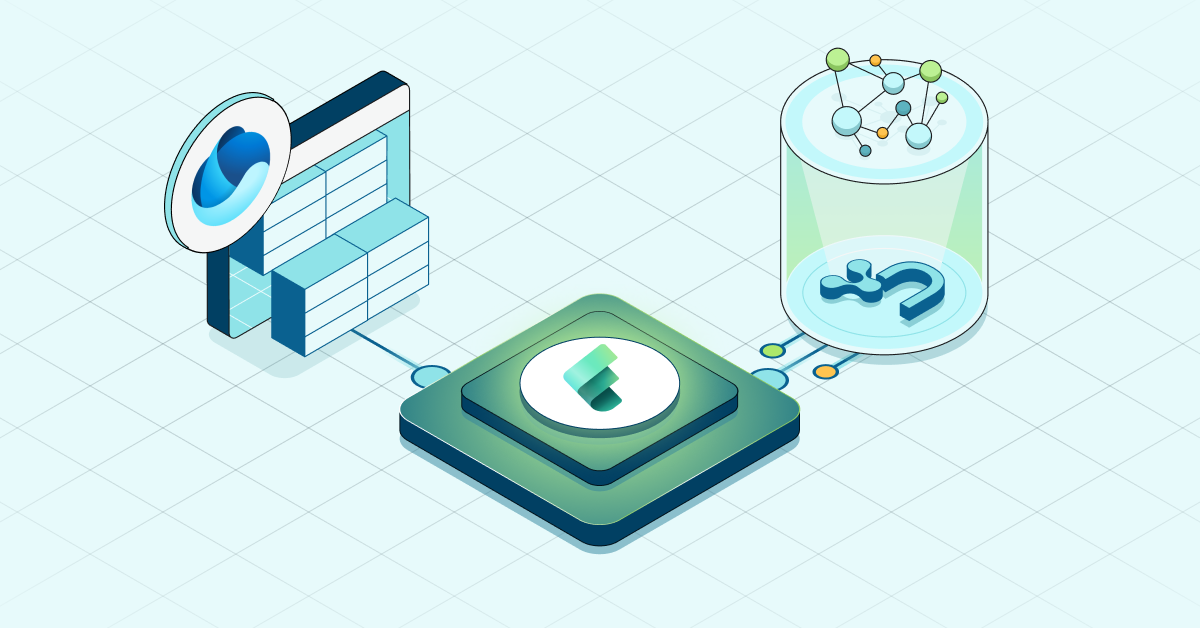Simplicity Wins: We’re Shifting to an Open Core Licensing Model for Neo4j Enterprise Edition

Chief Technology Officer, Neo4j
2 min read

 TL;DR: Starting with Neo4j 3.5, Enterprise Edition source code will no longer be published to the open source commons, including future versions.
TL;DR: Starting with Neo4j 3.5, Enterprise Edition source code will no longer be published to the open source commons, including future versions.
- This does not impact Neo4j Community Edition. We will continue to deliver the world’s best and most comprehensive graph database as open source.
- This does not affect customers, partners, OEMs or Neo4j Desktop users.
- Code contributions from outside Neo4j remain available as open source in earlier versions.
Neo4j Is Going Open Core
Today we are announcing an important change to the licensing of Neo4j Enterprise Edition: Beginning with Neo4j 3.5 release candidates, Enterprise Edition is available solely under a commercial license. (Read our FAQ here for all the nitty-gritty details.)
We are doing this to clarify our licensing model and so that we can continue to offer you the most powerful graph database technology that we can offer: both commercially and across the wide range of open source projects to which we remain strongly committed. In essence, Neo4j is moving to a more industry-standard “open core” licensing model.
Neo4j Community Edition – the core of the Neo4j Graph Platform – will continue to be provided under an open source GPLv3 license, as it has been for years. In order minimize business confusion around what portion of our IP we sell and what portion we offer as free open source, we will no longer make Neo4j Enterprise Edition source code publicly available.
This move brings Neo4j in line with industry norms – most of the popular open source databases use an open core model – and it clearly delineates the licensing choices between Neo4j Enterprise and Community Editions.
What this does not affect:
- Neo4j Community Edition. This does not impact Community Edition in any way. The vast majority of new features have always landed into both editions, and we intend to continue investing in it.
- Any software that you have received (or will receive) from us. The Neo4j Enterprise distribution that you download from Neo4j.com, Docker Hub, etc. is not undergoing any change. Those binaries are already licensed under a commercial license. This move doesn’t affect that.
- Startup, Educational, Developer, Data Journalism and other free Enterprise Edition licenses. Neo4j Enterprise Edition is available under a commercial license and is, in many cases, free.
- Contributors. More than 99% of Enterprise Edition code was authored by Neo4j employees and contractors. We have reached out to the few who make up the fractional <1% to affirm their contributions are given proper due, as well as to confirm their contributions are still freely available in past versions.
- Older versions of Neo4j Enterprise. Any version of Neo4j that’s already been published is going to remain on GitHub.
What this does affect:
- The source code we publish. In the past, we’ve published our Enterprise Edition code to GitHub alongside the Neo4j Community Edition source that we publish. Starting today, we will only publish source for Neo4j Community Edition.
- Neo4j-dependent open source projects. We’ve reached out to the few open source projects we know are based on Neo4j Enterprise Edition, and we are working with them to make sure they have a way forward. These are few and far between (we know of five globally) as the AGPLv3 is a rather restrictive license, and because many projects qualify for free use under the Startup license. Please get in touch with us if you feel you fall under this category.
Reasons Behind Our Move to Open Core
Neo4j Enterprise Edition has always unambiguously been Neo4j’s commercial edition, just like Neo4j Community Edition has always clearly been intended for broad free use by the community under the GPLv3.
Our choice to license our commercially-destined, commercially-produced IP as AGPLv3 was made for a number of reasons that were right for the time. However, times have changed.
The right decision for us today is to make the commercial portion of our product closed source – but not the rigorously open and extensively capable Neo4j Community Edition database core.
This change clarifies what has always been our intent. The move to a clearer and more commonplace model comes from numerous cases over the years where we saw confusion, misunderstanding and misinterpretation.
Any customer, user or partner who feels this change will directly affect them should reach out to us by contacting Neo4j Support.
Final Thoughts: We Love Open Source
We are narrowing the scope of our open source contributions in one specific area, but if you take a step back and look at all of the work that we’re doing today, we’re making more FOSS contributions than ever, across a wider range of projects than ever, with more permissive licenses than ever.
We are committed to continuing to invest in and to offer the largest, most comprehensive graph technology stack available, as open source.
Today this includes the following projects and products:
- Neo4j Community Edition (GPLv3) – the best open source graph database in the world which is the core of the Neo4j ecosystem and platform;
- openCypher (Apache 2.0) – the graph query language and future of Neo4j Cypher via the openCypher project and the GQL standardization initiative;
- Native language drivers (Apache 2.0) for Java, JavaScript, Python, .NET and Go; as well as Neo4j’s JDBC driver and a variety of connectors (for Elasticsearch, GraphQL, et al);
- Graph Algorithms (GPLv3) – more than 20 iterative graph algorithms for finding communities and clusters, centrality, similarities and paths;
- Neo4j APOC Library (Apache 2.0) – a collection of hundreds of procedures (“Awesome Procedures on Cypher”) that work with both editions of Neo4j;
- Cypher for Apache Spark (Apache 2.0) and Cypher for Gremlin (Apache 2.0) – extending the Cypher language to other graph engines besides Neo4j.
If you’d like to know more of the details about our move to an open core licensing model, please read more on our published FAQ page. Thank you so much for your understanding, and let’s stay connected!
–Philip








